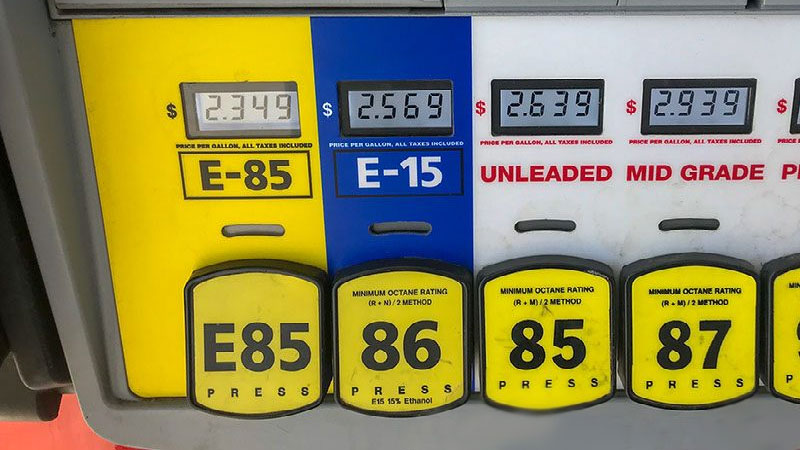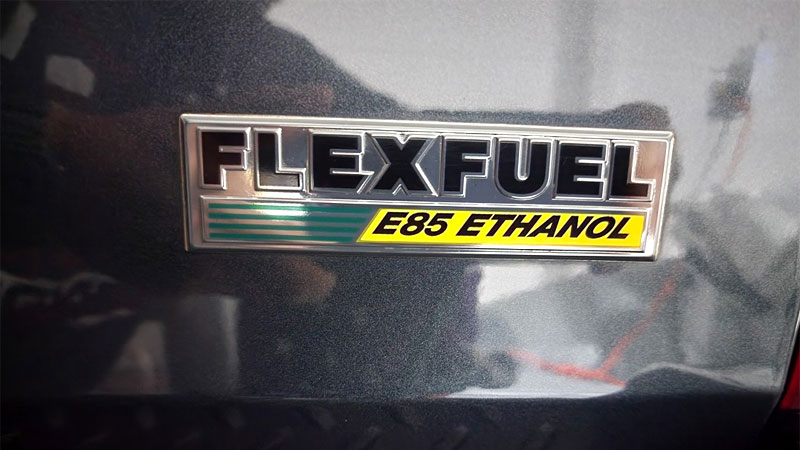Different Fuel Types and Your Car
Have you been to a service station lately? Unless you are part of the small cohort of electric vehicle devotees, then you are making regular visits to the fuel pump and shelling out a lot of cash in the process. While visiting the pump, you will find several grades of … Read more



